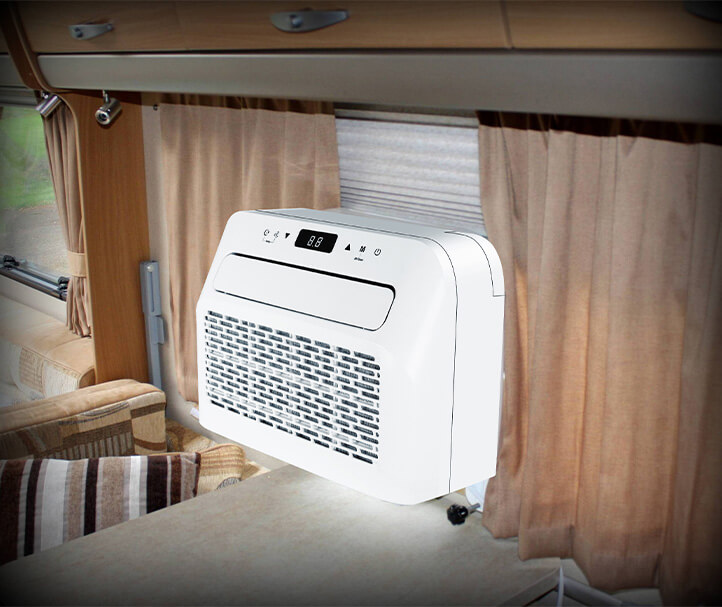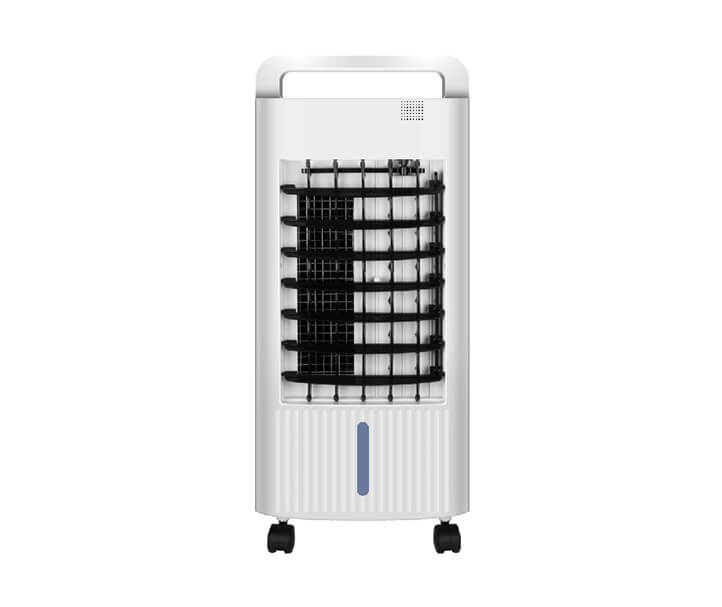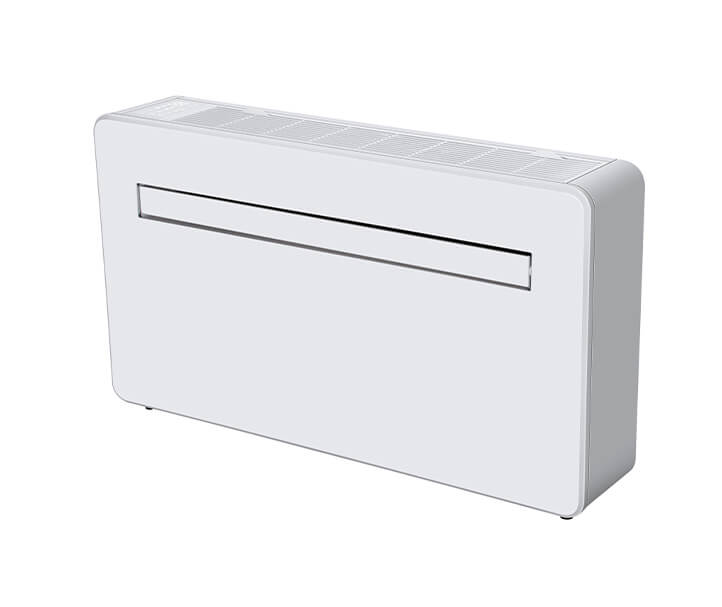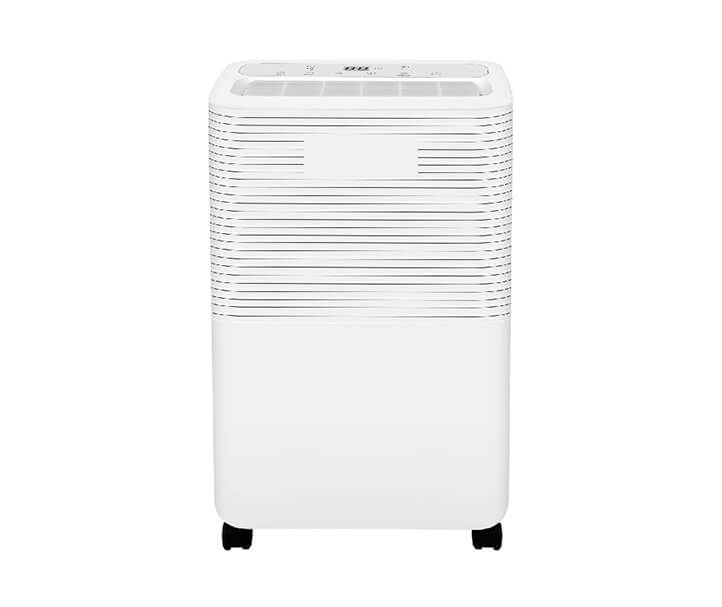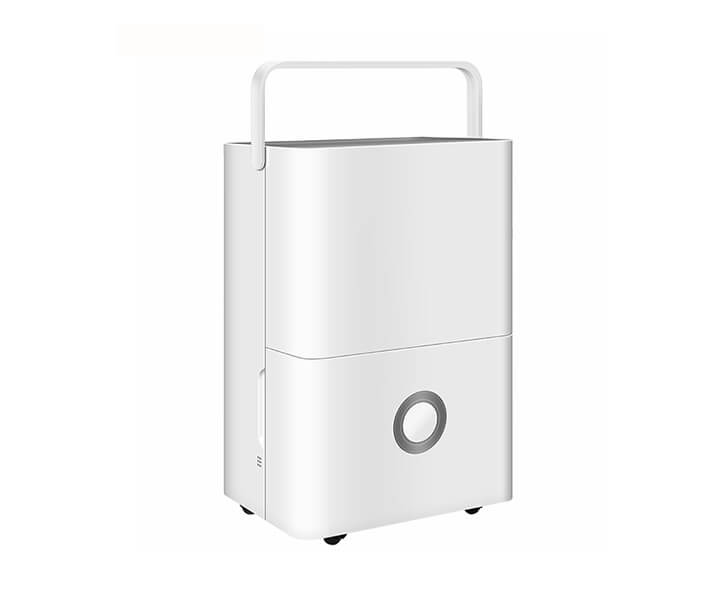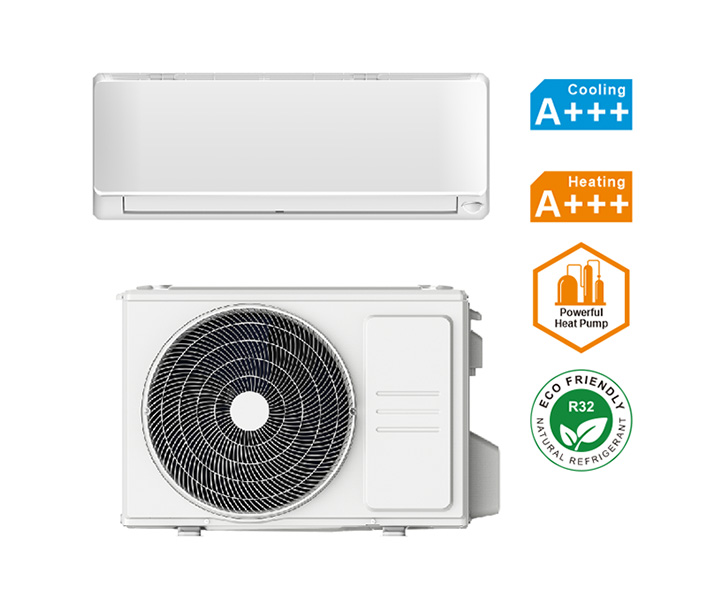
Do infrared heaters dry out the air like traditional heaters?
2023-12-29 10:32:18
Understanding the Effect of Infrared Heaters on Air Moisture Levels
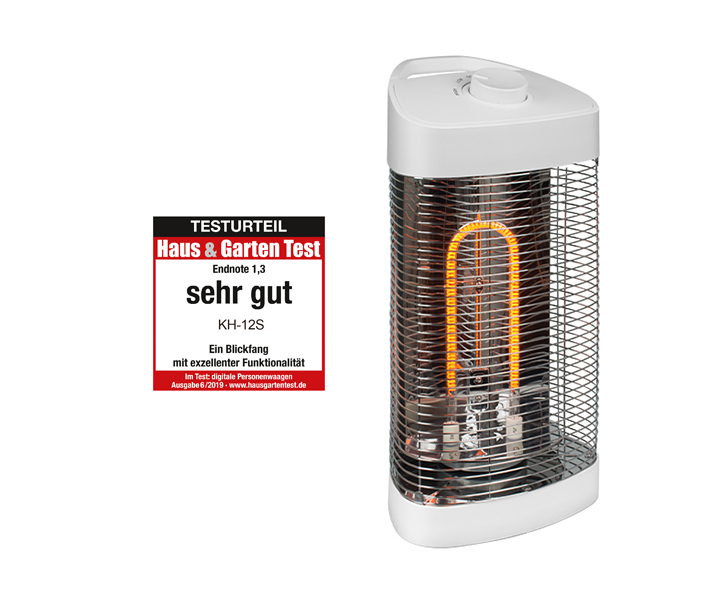
Many people are concerned about the potential for dry air when using heaters, particularly traditional ones. In this article, we will explore the issue of whether infrared heaters have the same drying effect on the air as traditional heaters. By understanding how these heaters work and their impact on air moisture levels, you can make an informed decision about which type of heater is best for your needs.
The Science behind Infrared Heaters
Infrared heaters work by emitting electromagnetic radiation that directly heats objects and surfaces in a room, rather than heating the air itself. This radiant heat warms up the objects in its path, including furniture, walls, and even people, and then these objects release heat back into the surrounding environment, creating a comfortable and even warmth.
The Difference in Air Drying Potential
Unlike traditional heaters, which rely on convection to warm the air, infrared heaters do not actively circulate the heated air. As a result, they have a lower drying potential. Traditional heaters, such as forced air systems or electric heaters, utilize air circulation to distribute heat, which can lead to the removal of moisture from the air and a decrease in humidity levels. This can result in a drier indoor environment.
Maintaining Comfortable Air Moisture Levels
While infrared heaters do not have the same drying effect on the air as traditional heaters, it is still important to consider indoor air moisture levels for optimal comfort. To maintain a comfortable environment, especially during dry winter months, it is recommended to use a humidifier alongside your infrared heater. A humidifier will help to add moisture to the air, counteracting any potential drying effects of the heater.
Additional Benefits of Infrared Heaters
Besides the reduced drying effect on air moisture levels, infrared heaters offer other advantages. They heat objects and surfaces directly, resulting in faster and more efficient heating compared to traditional heaters. Additionally, they do not require a fan to distribute heat, making them quieter and more energy-efficient.
In conclusion, infrared heaters have a lower drying potential compared to traditional heaters. While they do not actively dry out the air, it is still important to monitor and maintain comfortable indoor moisture levels. By combining an infrared heater with a humidifier, you can create a cozy and moisture-balanced environment during colder months.
Get the latest price? We'll respond as soon as possible(within 12 hours)



